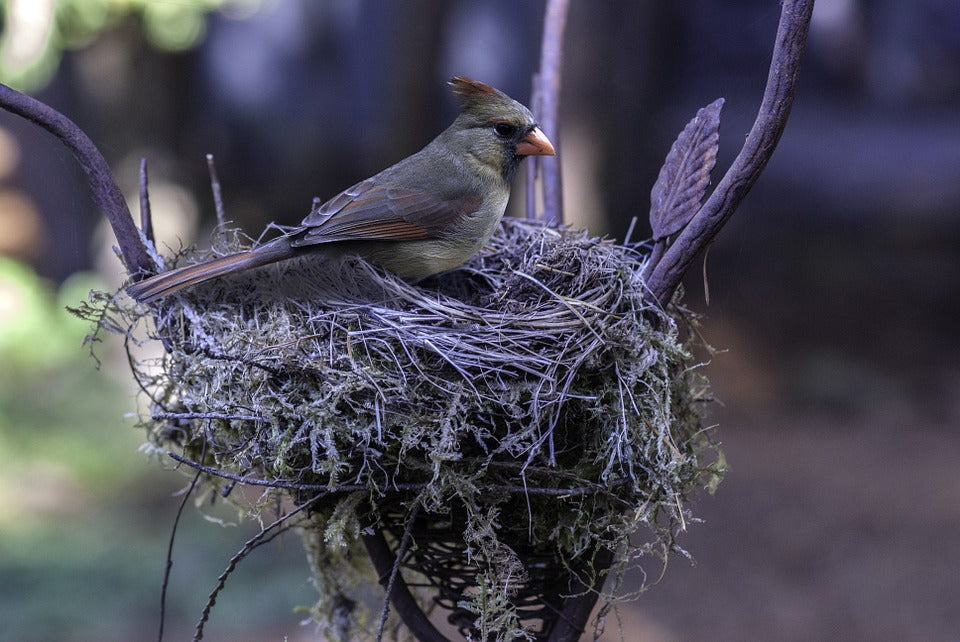Offer
Provide additional details about the offer you're running.
Provide additional details about the offer you're running.
Provide additional details about the offer you're running.

Whatever the type of nest, watching a bird build one is fascinating.
Bird nests range from non-existent to extensive, multi-chambered apartments which can be fully weatherproof and may last for years or even decades.
Before building a nest the pair (male and female bird) must decide on where to build. This is called ‘nest site selection’ behaviour. Different species go about this in various ways. In many species, both partners work together to decide on the site. For instance, some birds in this category may include many gulls. In some species, though the pair works together. The female takes a definite lead on the proceedings, for example, Blackbirds and the Red-necked Phalarope, which is surprising because once the site has been chosen the female lays her eggs and departs. This leaves the male bird to do all the incubation.
In other species such as the Dunnock, the female chooses the site and builds the nest. In contrast, with Blue tits, European Sparrows, and Wrens, it is the male who chooses the site and then tries to attract a female to it.
The male Wren is a bit of a workaholic and builds several nests, normally four or five, but can build as many as twelve. The female then chooses one of the nests and the male uses another for roosting. Just to prove that variety is the spice of life, some birds show no definite patterns and in some couples the male leads, in others the female.
The second behavioural activity is material collection and building. These range from sideways throwing – a simple single movement to get nesting material to the nest, which is typically limited to ground nesters only. Sideways building is similar but involves more care in the placing of the material and results in a better-constructed nest. Sideways throwing and sideways building are exhibited by many ducks, geese, gulls, petrels, pheasants swans and waders.
Physically carrying material to the nest site is the next step up and is carried out by both birds. At the simplest, it is shown by penguins carrying a stone in their bills few metres to the nest site. In its most complex form, it involves birds searching out for particular substances such as cobwebs and feathers to bring to the nest.
Once the material is brought to the site it needs to be incorporated into the nest. For ground-nesting species this can be as simple as just picking it up. For tree-nesting species, it usually involves some degree of interweaving the individual items until they form some sort of matrix. This can be fairly straightforward in the platform nests of pigeons but reaches great sophistication in the weavers where the material is actually sewn together, where a considerable degree of manipulative skill is needed.
Nests are all different and they take some skill. Next time you come across a nest, look at the detail and think of all the work, steps and time it takes for some of these birds.
High Quality Blend